A chronically ill retired Fife businessman – who is confined to a wheelchair after having both legs amputated – has been told he no longer qualifies for a free patient transport service.
Andy Mitchell, 67, of East Wemyss, has accused the Scottish Ambulance Service of “ridiculous” decision-making.
For the past year, the Fife man has been using scheduled care transport for his three times a week visits to the Victoria Hospital in Kirkcaldy where he receives life-saving kidney dialysis.
The former self-employed structural steelwork draftsman has been on dialysis since 2004.
For most of that time, he was fortunate to be able to keep working and drive himself back and forward to hospital appointments.
However, since having to have both his legs amputated a year ago due to infections, he is now permanently confined to a wheelchair and has been reliant on the scheduled care transport service to get him to and from hospital.
All was fine, until “out of the blue” on May 20, the driver handed him a letter which said, following a review, his transport request will end on June 17 because he can “mobilise independently without any equipment or assistance’”.
‘I do not understand how they have reached this ridiculous decision’, says patient
Contacting The Courier to raise concerns about his situation, Mr Mitchell said: “How can they say I can ‘mobilise independently without any equipment or assistance’ when I am confined to a wheelchair and have no legs?
“I do not have any alternate means of transport and I do not understand how they have reached this ridiculous decision.”
Mr Mitchell said he had “tried to make contact direct to discuss the matter” to no avail.
He said he discussed the situation informally with renal staff at the hospital who told him the situation was a “sin”.
He said he was also told by staff it appeared the Scottish Ambulance Service was “cutting approximately 90% of the patients who currently use their service”.
However, a Scottish Ambulance Service spokesperson told The Courier: “We understand the patient’s concerns and are happy to advise that the claim that we are reducing our patient transport service for renal patients by 90% is incorrect.
“It is a normal process that in conjunction with hospital renal units, operational staff and patients in the east and west of Scotland, we regularly review patients who have routine patient transport.”
Andy Mitchell’s 20 year journey from healthy living to kidney dialysis amputee
Fife businessman Andy Mitchell always saw himself as a relatively healthy family man.
Born and raised in Kirkcaldy, the former pupil of Dunnikier Primary and Kirkcaldy High School worked in chicken sheds, sold crystal to American forces in Germany and worked as a bookie before setting up his own Kirkcaldy-based business Zeppelin Steel Ltd.
However, life changed dramatically in 2004 when he had a case of the shingles and thought he’d done something to his back. When he got his blood pressure checked, he discovered it was “through the roof”.
“It went from there to being a diagnosis of non-specific kidney disease,” explained the father of two grown up daughters, whose third grandchild was due imminently at the time of this interview.
“Kidney disease is the silent killer. If you are not aware of the symptoms which is basically high blood pressure and things like that, you just don’t realise that you’ve got it.
“I thought I had been healthy, so it was a bit of a shock.”
What does kidney dialysis involve?
Describing himself as a “very fatalistic type of person” who “just takes things as they come”, Mr Mitchell started getting dialysis three times a week. At that time, because he was still working by day, he’d drive himself to the late shift dialysis at Queen Margaret Hospital in Dunfermline. He started going to the Victoria Hospital in Kirkcaldy when it took over as the main treatment centre more than a decade ago.
For 12 hours a week ever since, over three four-hour sessions, Mr Mitchell goes through a procedure to remove waste products and excess fluid from his blood because his kidneys have stopped working properly. His blood is diverted to a machine to be cleaned. He whiles away the time by taking his Kindle.
Forced to stay away from certain foods, he had to adapt. He and his wife Sandra could still go on foreign holidays, so long as they planned ahead and worked out where dialysis centres were overseas.
However, everything changed again about 18 months ago when Mr Mitchell got an infection in his right foot that just wouldn’t heal.
What led to Andy’s legs being amputated?
“Part of the problem with dialysis,” he said, “is that, ok, it keeps you alive. But if you are long term it can also muck up all your veins. It clogs them up. It doesn’t clear everything.
“It ended up that the blood flow that was going to my foot wasn’t great. My walking was becoming quite impaired. Then this infection in my foot just wouldn’t clear so they tried every different antibiotic under the sun.
“After about five or six months, I developed this huge open wound at the back of my heel where you could actually see the Achilles tendon moving because there was no skin and no flesh over it.
“It was kind of obvious to me I was going to have to get the leg off. Then at Christmas time 2022 that’s what happened.”
The amputation above the right knee took place at Ninewells Hospital in Dundee.
He was in hospital for about three months, learning how to “stand, birl and rotate” on the other leg to get from chair to bed.
But unfortunately, he ended up suffering friction burns on his remaining foot. This led to an infection in his left leg which resulted in amputation of that too last April. He got out of hospital on June 23 2023. The couple were forced to move out of their two-storey house in Kirkcaldy to where they are now in East Wemyss.
‘Losing legs has impacted more than dialysis’
Having already retired, and now confined to a wheelchair, Mr Mitchell said losing his legs had impacted his life more than being on dialysis.
“Losing my legs has knocked my confidence for six,” he said.
“I’ve got an electric wheelchair I can use for going out and about.
“But I always worry – what happens if that runs out of power? How do I get back? I prefer to go with people.”
With his wife Sandra commuting daily to work for an accountancy firm in Dunfermline, Mr Mitchell says it’s not practical for her to give him a lift to the Victoria Hospital three times a week. That’s why he’s been using the scheduled transport service.
When he had a ‘patient needs assessment’ with one of the Scottish Ambulance Service representatives at the renal unit in April, he says there was nothing to suggest it was about ending his use of the service.
He was therefore “really surprised” to be handed the letter on May 20 which now signposts him towards “alternative transport options”. He’s checked out the alternatives including Fife Bus, which is run by Fife Council and also free. But he says that only runs from 8am until 5.30pm, and he isn’t always ready to leave by then. If he’s expected to take a taxi, he says there are only two wheelchair accessible taxis in the area. This would cost him £180 per week.
What’s the view of the Scottish Ambulance Service and NHS Fife?
A Scottish Ambulance Service spokesperson did not confirm how many patients were affected by the latest scheduled transport service review, but confirming it was not 90% said in a statement: “It is a normal process that in conjunction with hospital renal units, operational staff and patients in the east and west of Scotland, we regularly review patients who have routine patient transport.
“This reflects that patients’ conditions do change and we have to ensure those with the most need for our specialist transport, and have no other means of travel to appointments, are able to access this.
“We work with other alternative providers who can often support patients who do not need our specialist care.
“While we can’t comment on individual cases due to patient confidentiality, we would ask Mr Mitchell to contact us so we can talk him through the process further.”
A spokesperson for NHS Fife said: “NHS Fife was recently informed by the Scottish Ambulance Service (SAS) of its plans to change the transport provision available for some renal dialysis patients.
“Arrangements are being made to meet with SAS to discuss these intended changes and ensure that those unable to travel independently for dialysis can continue to access appropriate patient transport.”
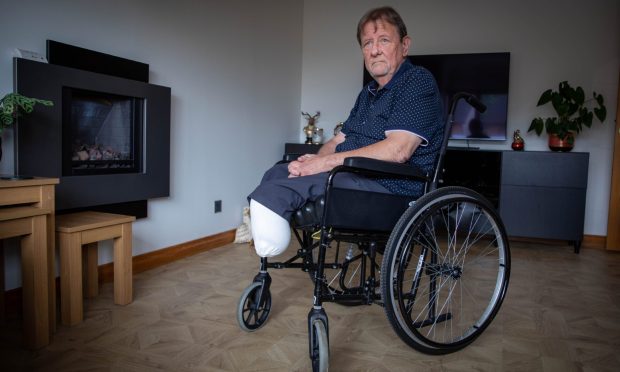
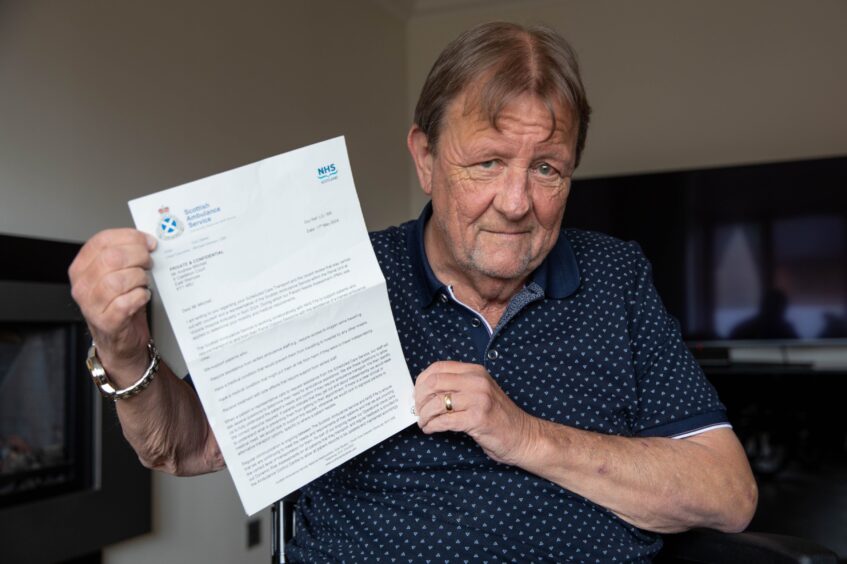
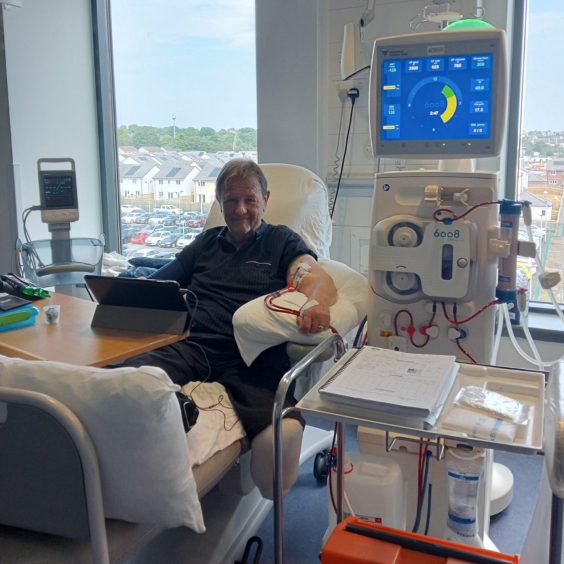
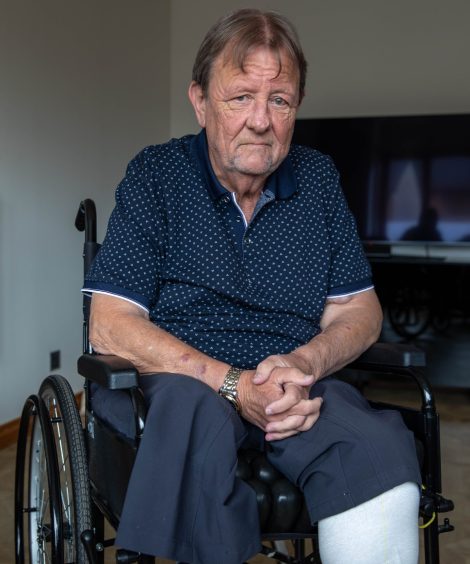
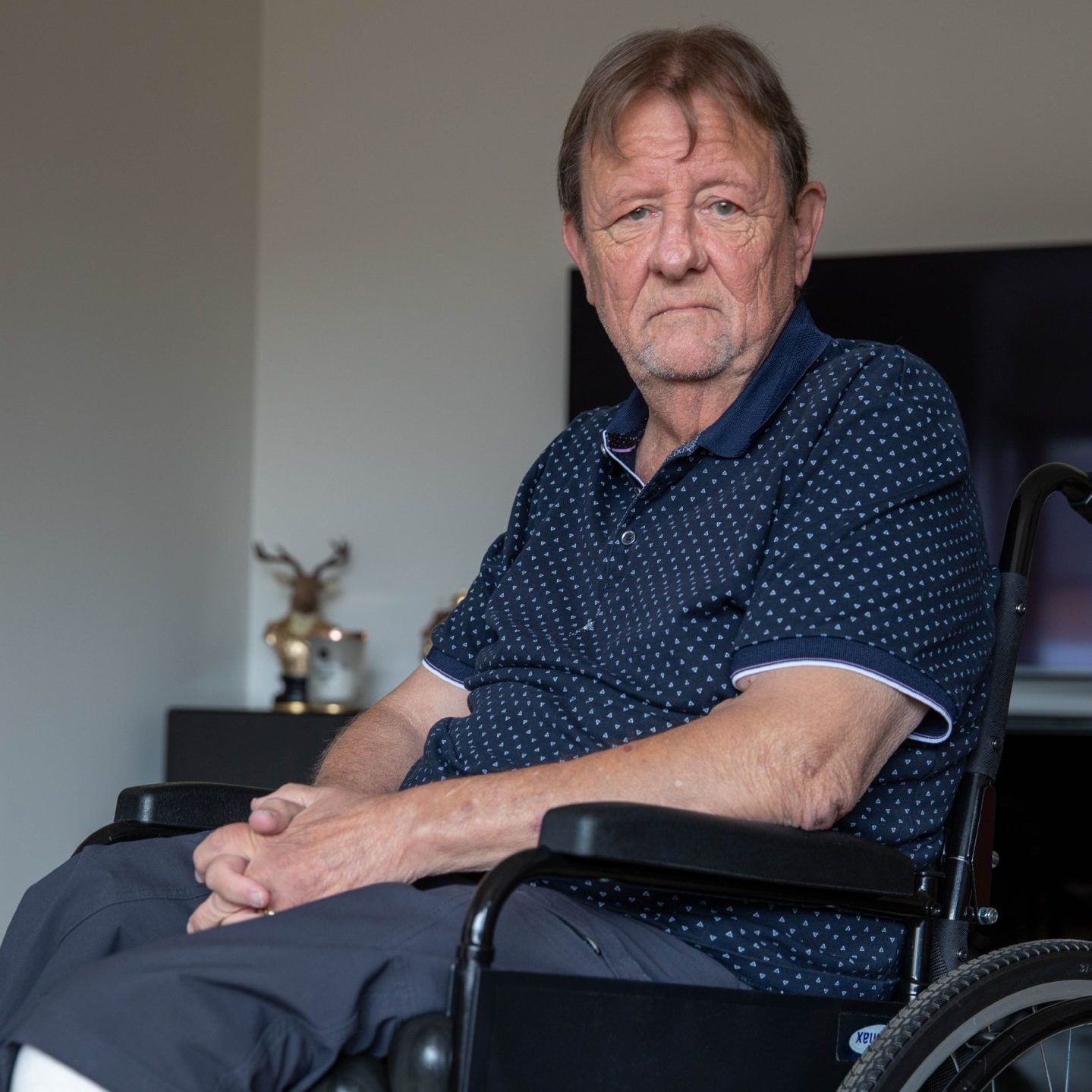
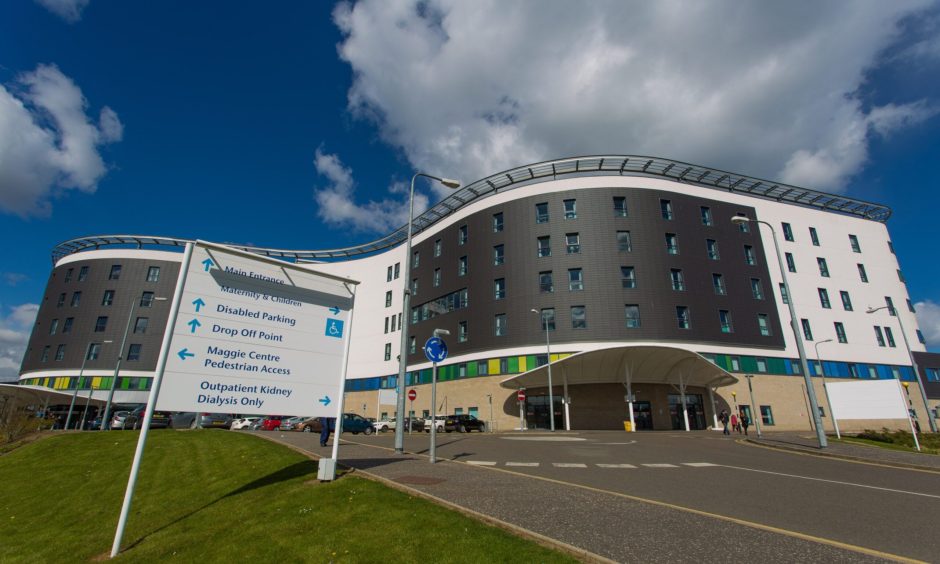
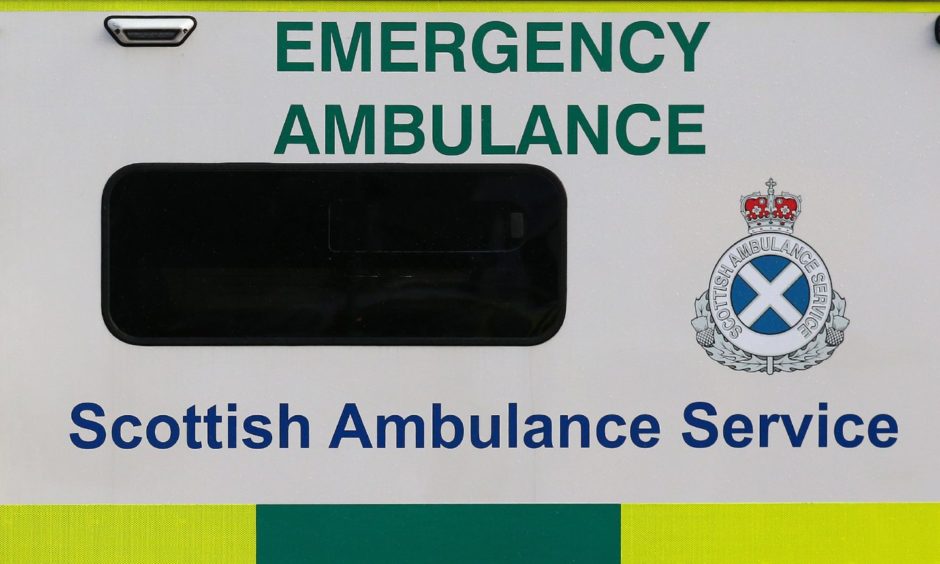
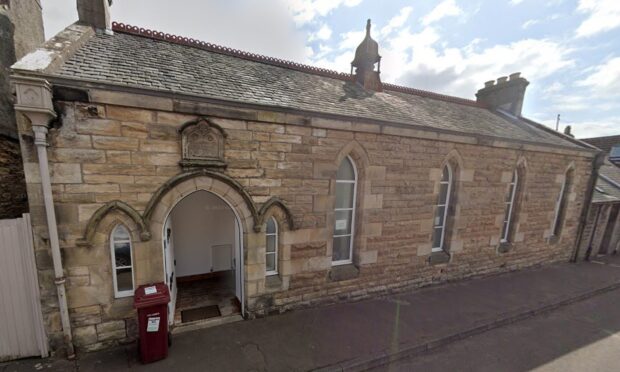






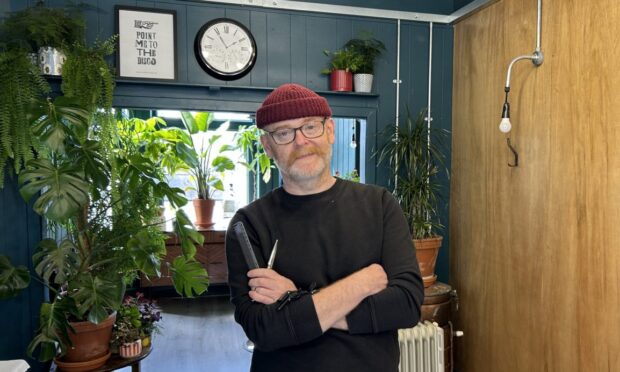


Conversation